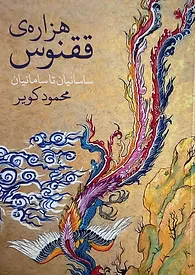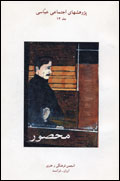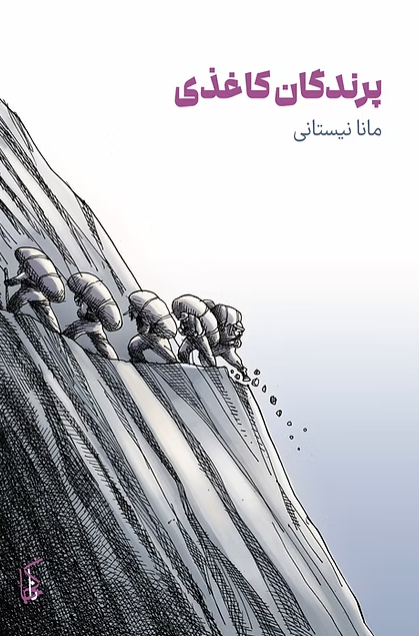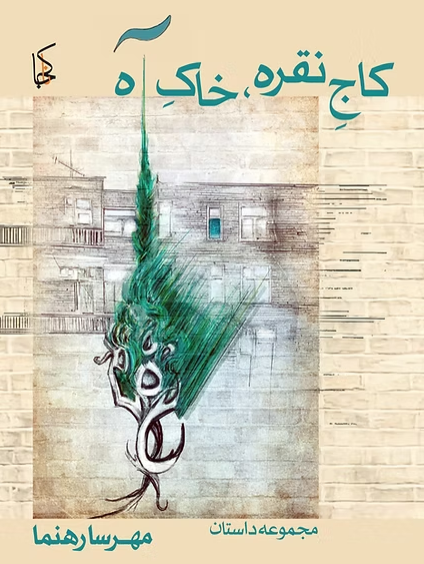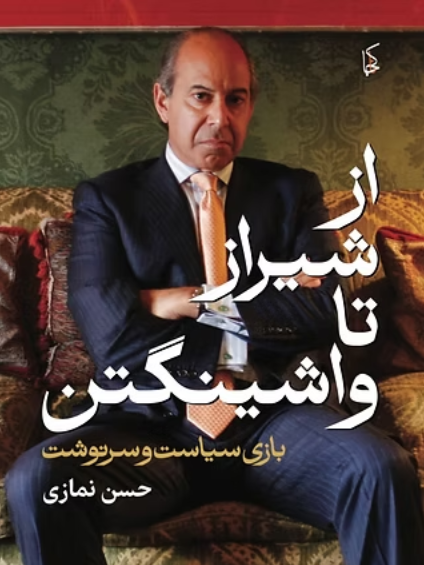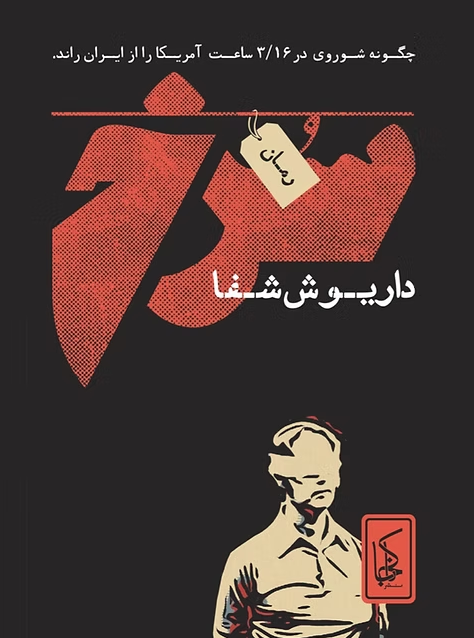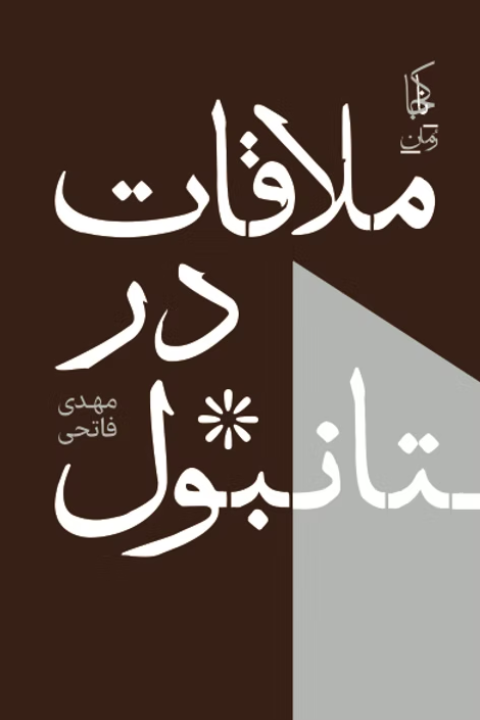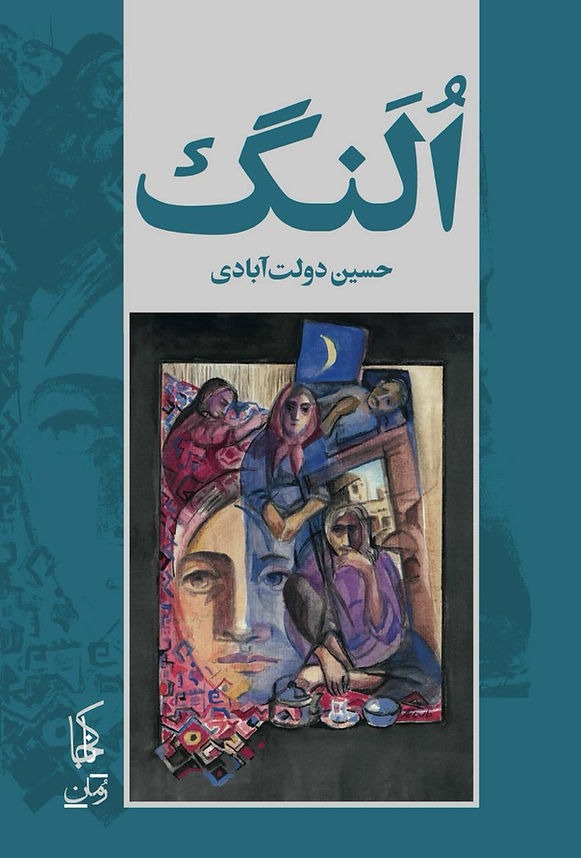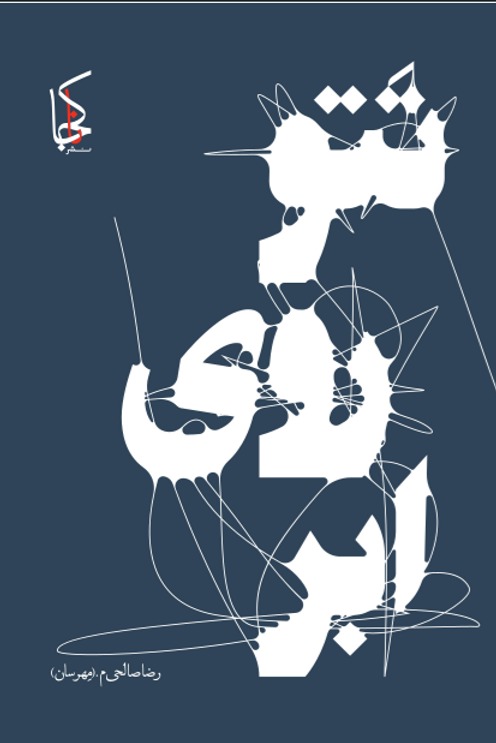Hazāra-yi qoqnūs, sāsānīyān tā sāmānīyān: Persiska (Farsi) 2010
هزارهی ققنوس, ساسانیان تا سامانیان
40 SEK
Dela
Wishlist
The Millennium of the Phoenix," as its title suggests, is "that immortal soul and rebirth," and it encompasses the sorrowful epochs of the long histories of the ancient land with its diverse people. This work can be considered a fresh perspective on the history of Iran. The book is divided into six sections, with an index and maps provided at the end.
In the introduction, there is a reference to historical research in modern times, emphasizing that "history is an inquiry from yesterday to tomorrow." It discusses the continuity and discontinuities in the history of our land, noting that "the history of our country, for more than a thousand years, does not have continuity. It is fragmented."
The first section of this book is about the Sassanids, who "ruled in Iran from 224 to 651 AD (427 years)." It then elaborates on the achievements of this dynasty, starting with thought and knowledge. It begins with the Khwaday-Namag, which is "the oldest valuable book in the history of Iran," translated into Arabic in the second century AH by Ibn al-Muqaffa under the name "Sirat al-Muluk al-Furs." "The translation of the book quickly spread among the Arabs."
According to Kaveer, "the Shahnameh of Abu Moayyad Balkhi and the prose Shahnameh of Abu Mansur are also translations and adaptations of this book." Alongside the Khwaday-Namag, it mentions other cultural works: the Ayin-Namak, the Letter of Tansar, the Yadegar-e Zariran, and the Andarznameh of Adurbad-i Mahrspandan. It also discusses the history of Iranian cities, the Chess-Namak, and the Kārnāmag-ī Ardashīr-ī Pāpakān, explaining the special elements of each to familiarize readers with the rich historical past.
more
ساسانیان تا سامانیان
«هزاره ققنوس» همانگونه که درپیشانی اش مهرخورده «آن جان جاودانه وزایش دگرباره است» وی ادوارۀ حسرتباری ازسرگذشت های دور ودراز سرزمین باستانی با مردمانی گوناگون ، که میتوان آن را بعنوان نگاهِ تازه به تاریخ ایران تلقی کرد. این اثر شامل شش بخش است. با نمایۀ کتاب و نقشه ها که درپایان آمده است.
در درآمد، به پژوهش تاریخی نگاری دردوران جدید اشاره ای دارد که «تاریخ، یک پُرس وجوست از دیروز تافردا». از پیوستگی های تاریخی و گسست های تاریخ خودی «تاریخ سرزمین ما اما، از بیش ازهزارسال به این سو، پیوستگی ندارد. بریده بریده است.»
ساسانیان بخش نخست این کتاب است که «ازسال 224 تا 651میلادی ( 427 سال) درایران فرمانروائی کردند.» وسپس دستاوردهای آن دودمان را شرح میدهد.از اندیشه و دانش، آغازمیکند. با خدای نامه. که «کهن ترین کتاب ارزشمند تاریخ ایران است» و ترجمه آن به عربی در قرن دوم هجری توسط ابن مقفع انجام شده با نام «سیرالملوک الفرس». ترجمه «کتاب به سرعت بین تازیان رواج یافت» .
بنا به روایت کویر، «شاهنامه های ابوالموید بلخی و شاهنامه منثورابومنصوری نیزترجمه و اقتباسی از این کتاب است.» درکنارخدای نامه، از دیگرآثار فرهنگی یاد میکند: آیین نامک. نامه تنسر. یادگار زریران. اندرزنامه آذربادمهر اسپندان. ازتاریخ شهرهای ایران، ازشطرنج نامه و ازکارنامه اردشیر بابکان با توضیح عناصر ویژه هریک، مخاطبین را با گذشته های پربار تاریخی آشنا میکند.
more

